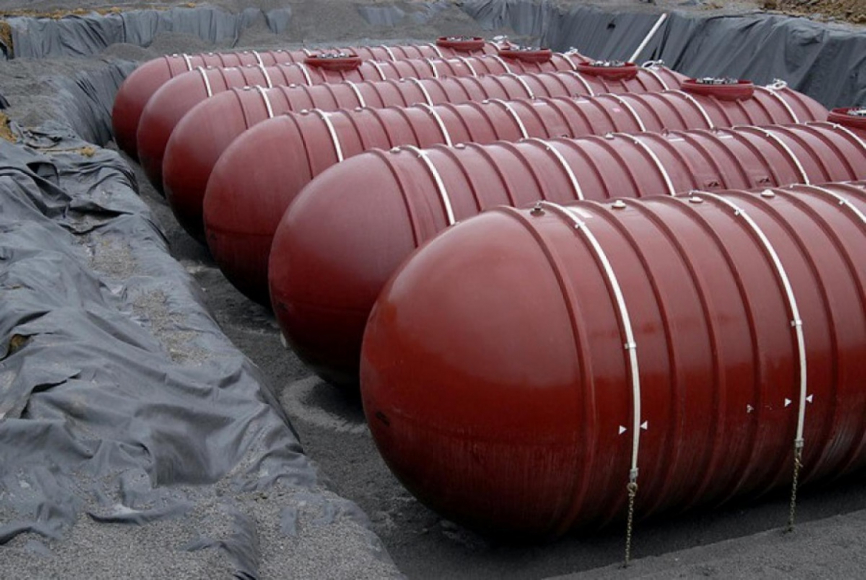You as an employer can save money while preventing inventory loss and environmental releases by participating in Underground Storage Tank Operator Training.
You may be asking yourself these questions:
- Why do I have to complete this training?
- Who needs to complete this training?
- When do my employees need to complete the training by?
- Where does the training take place?
- What are the training benefits to employers?
- How does that save money?
Let’s begin with "why."
As part of the 2005 Energy Act, the EPA ruled that all states must implement an Underground Storage Tank (UST) Operator Training Program for all federally regulated UST systems. A federally regulated UST system is generally a UST that is greater than 110 gallons in volume and is not used for residential consumption purposes. This applies to USTs that contain both petroleum and nonpetroleum regulated substances.
Who needs to complete this training?
There are three classes of operators that need to be trained:
- Class A: Employees who hold operational responsibility and financial control of a UST system. In larger organizations, this person is typically at the corporate environmental compliance manager level.
- Class B: Any employee with detailed understanding of the UST system, routine interaction with the UST system and the users of that system. They should understand release detection methods, release reporting and understand the responsibilities of record keeping. Michigan allows for the same person to be certified as both a Class A and Class B operator.
- Class C: The employee who controls and oversees the dispensing of product is designated as a Class C operator. They are the first responder to any emergency situation with the UST system. A Class C operator must be on site at all times when a facility is operating. Michigan allows for one person to be certified as a Class A, B and C Operator.
When do my employees need to complete training by?
Class A Operators must be certified within 30 days of assuming their duties. Class B and Class C Operators must be certified prior to assuming any operator duties.
Where does the training take place?
Training can be delivered through Antea Group's convenient and simple-to-use online training course.
What are the training benefits to you as an employer?
You will benefit by teaching your employees how to properly operate a UST system. The employees who complete the training will learn about leak detection, inventory control and emergency response.
How will you save money?
Take this example: Leak detection for USTs is required monthly. A trained operator who noted an inventory discrepancy during the monthly check would be able to respond quickly and prevent continued inventory loss. Inventory loss equals lost profits and could result in an environmental release. If an environmental release had occurred, additional insurance claim costs may now add to the losses. If the employee did not have any training, and the inventory loss continued unchecked, there could be a catastrophic environmental release besides the cost of the inventory loss, leading to years of environmental remediation and potential 3rd party lawsuits as well.
UST operator training for your employees will provide value to your business and protection to the environment. Contact us to learn more today.
This article originally appeared in the Special Issue September 2015 MMA Compliance Essentials for Manufacturers.
Want more news and insights like this?
Sign up for our monthly e-newsletter, The New Leaf. Our goal is to keep you updated, educated and even a bit entertained as it relates to all things EHS and sustainability.
Get e-NewsletterHave any questions?
Contact us to discuss your environment, health, safety and sustainability needs today.





